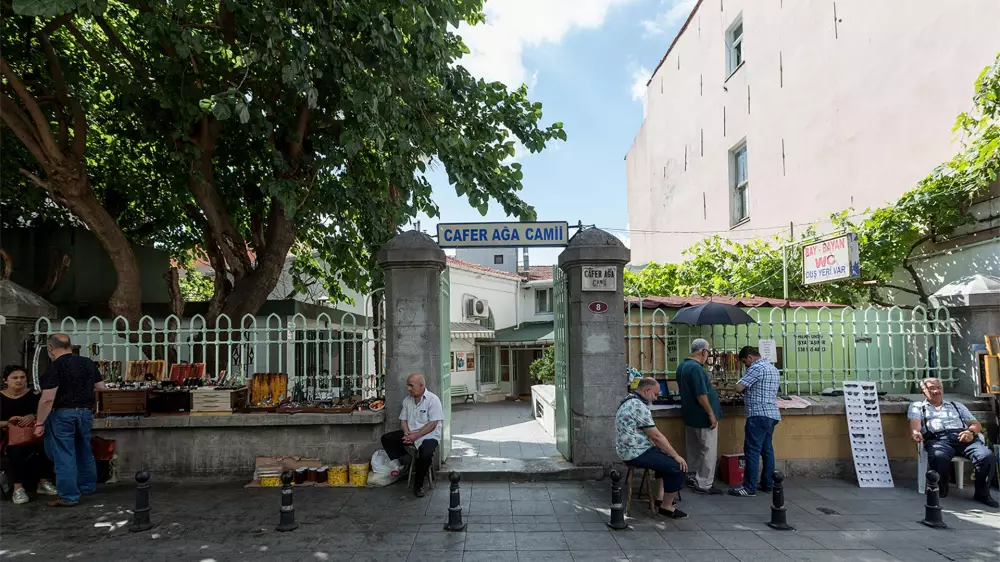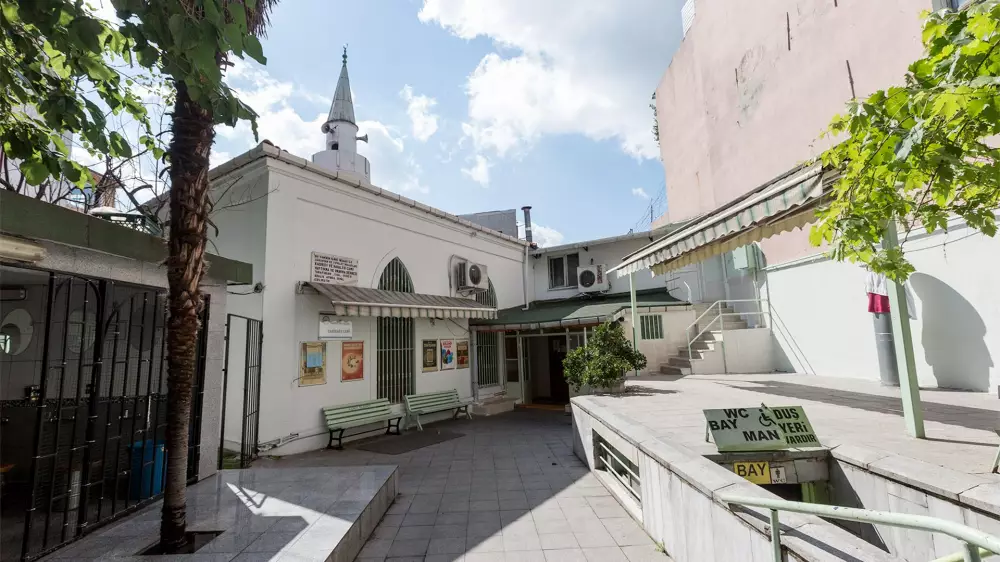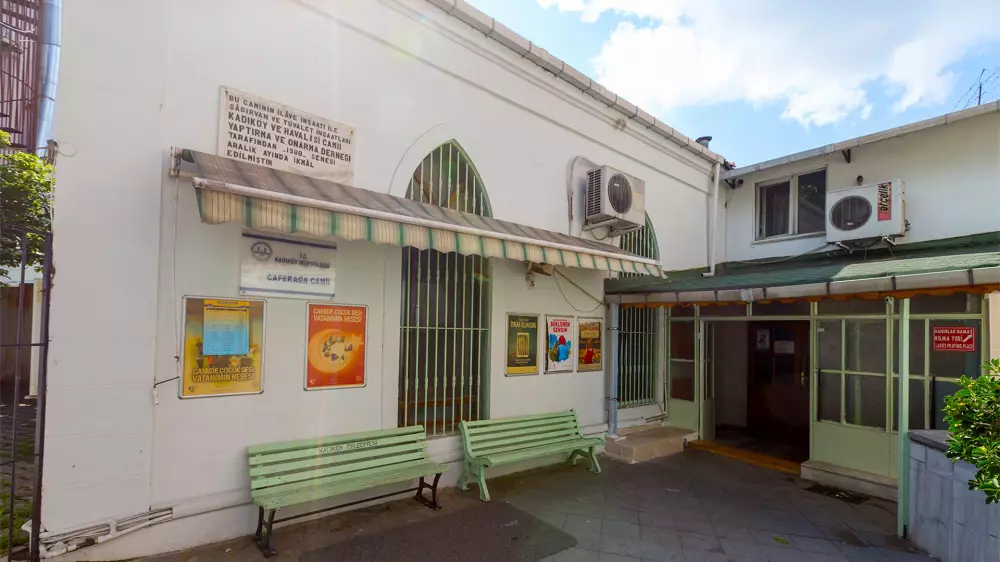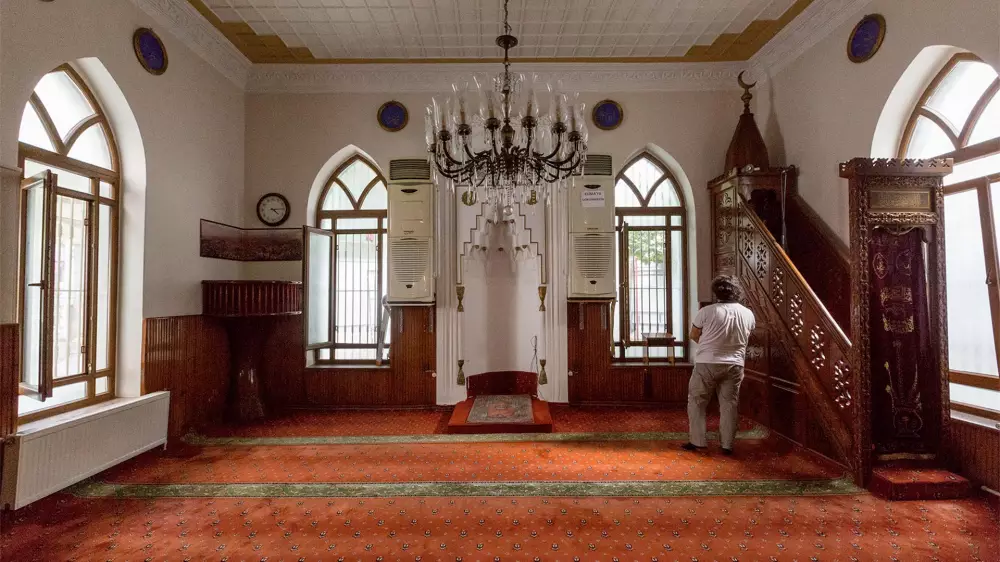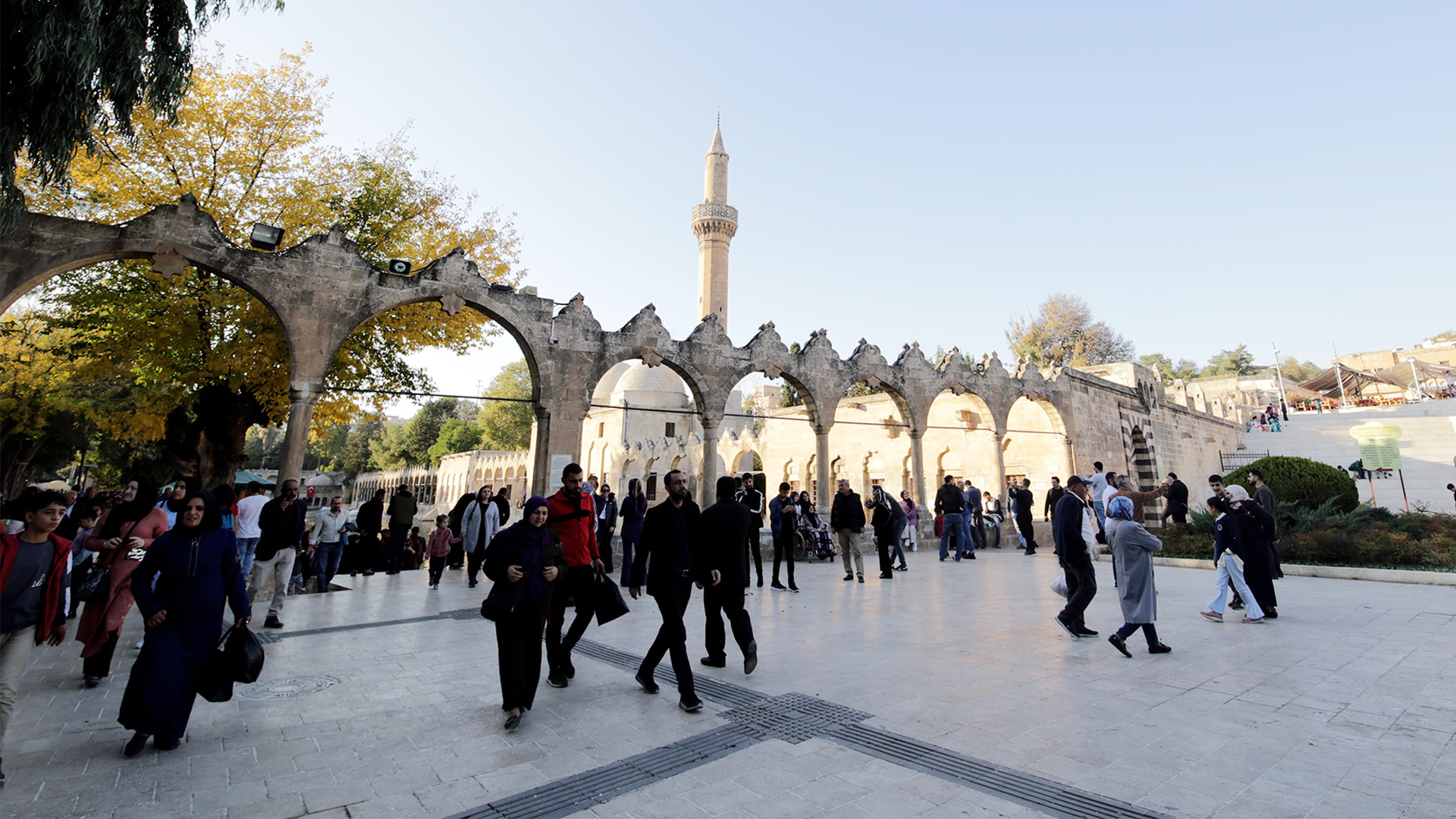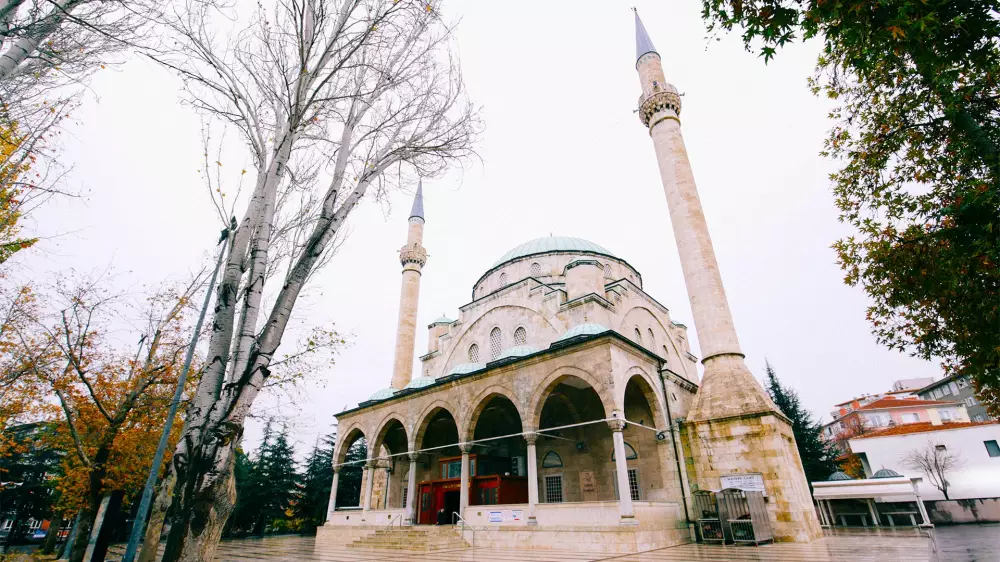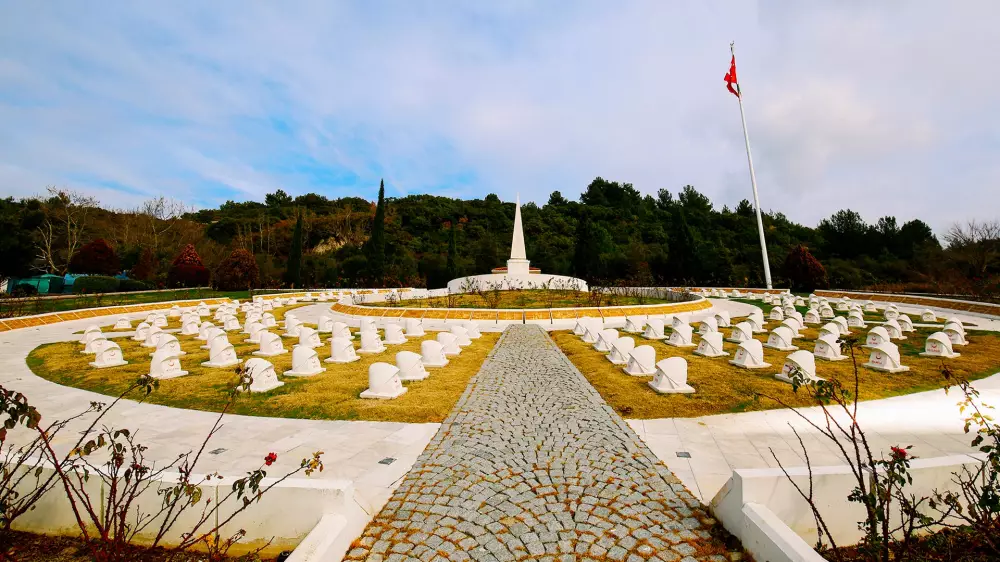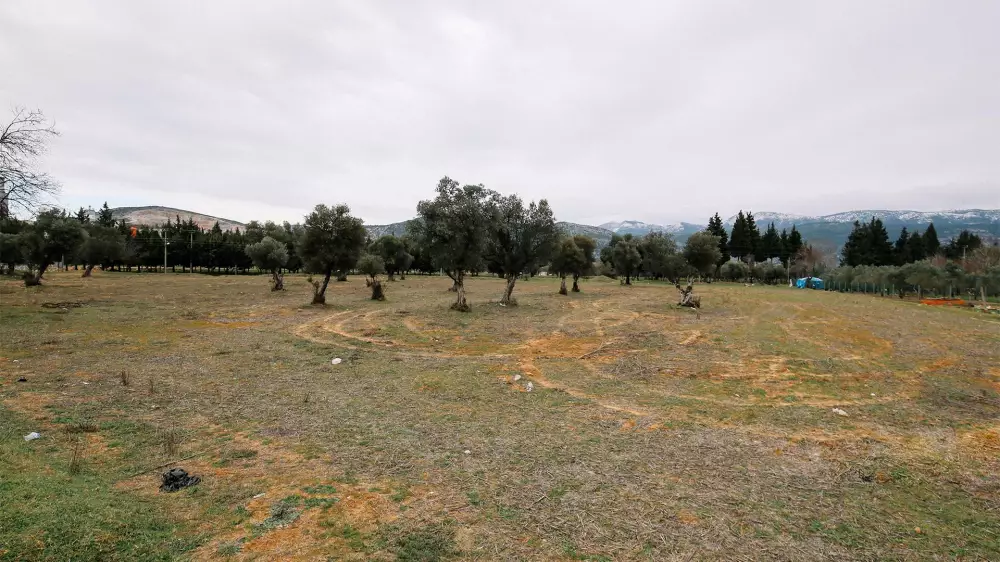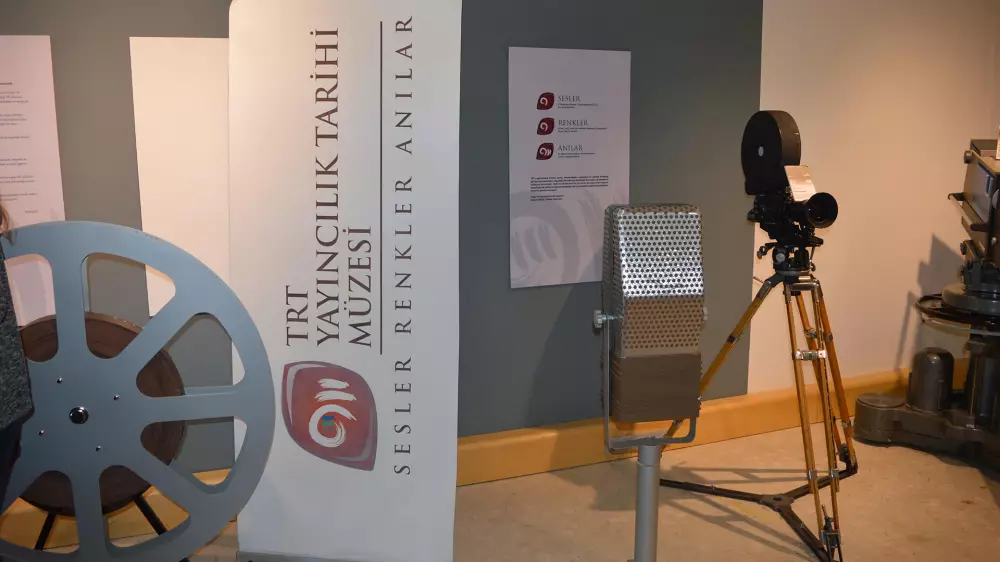
Caferağa Mosque
03.03.2024 22:50
Caferağa Mosque, located in Moda district of Kadıköy, which is considered to be the most central district of Istanbul Anatolian Side, was built by Darüssaade Ağası Cafer Ağa between 1554 and 1557. The mosque, which underwent a major repair in 1900 because it was destroyed over time, has masonry walls, its roof is wooden, and its minaret is cement plastered.
The most important feature of the mosque, which has a single minaret and a single balcony, is the grave of Cafer Ağa in its graveyard. Caferağa Mosque, which was completely renovated by the Foundations in 1900 and took its current form, is the second oldest mosque in Kadıköy after the Kethüda Mosque. The masonry walls and wooden-tiled roof of this historical mosque, which was rebuilt by the Directorate of Foundations in 1900 as a result of its burning in the fire that broke out in 1881, and repaired the undamaged parts are the most striking parts.
Caferağa Mosque, where the pointed arched windows seen on both sides of the mihrab are definitely worth seeing when looking at the qibla facade, bears the traces of the Neo - Gothic architectural style in general terms. This part of the mosque, where the last congregation place is closed and extended towards the east, can be entered from the garden. From the last congregation section, a transition is made to the square-planned harim section.
Another interesting aspect of Caferağa Mosque, which draws attention with its wooden ceiling with square decorations, is that the lectern is much smaller than normal and has no stairs. The mosque's wooden pulpit, which attracts attention with the muezzin loge located in the right back corner of the harim section, attracts attention with its white ornaments.
Gallery
